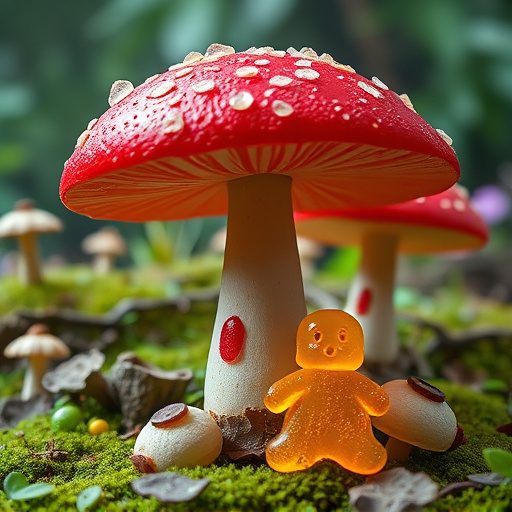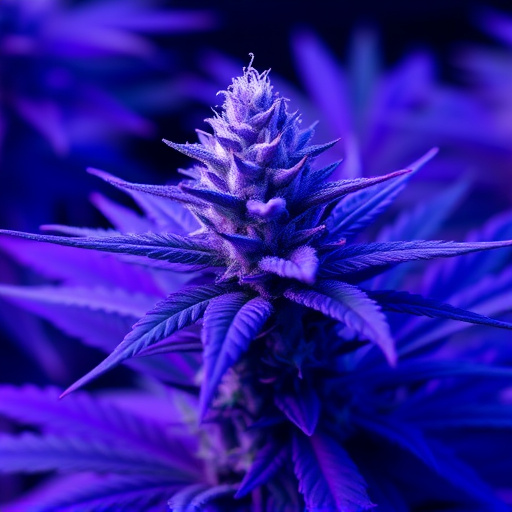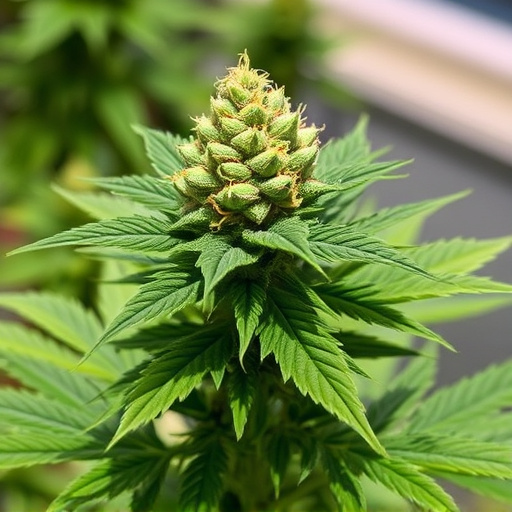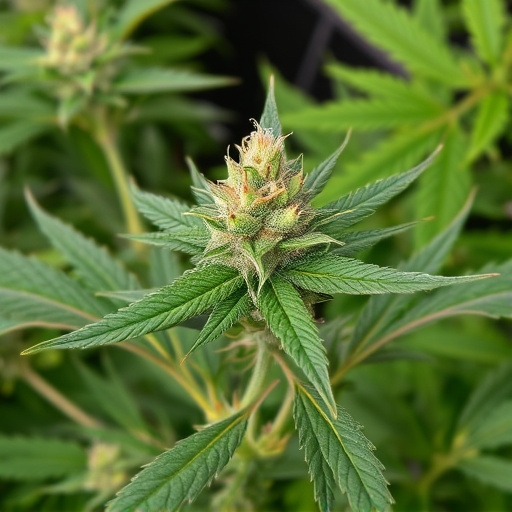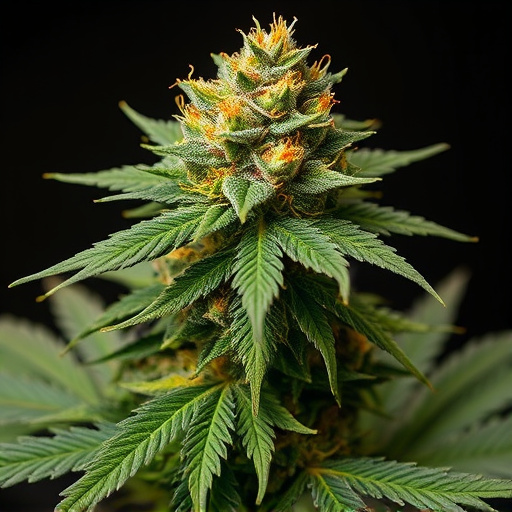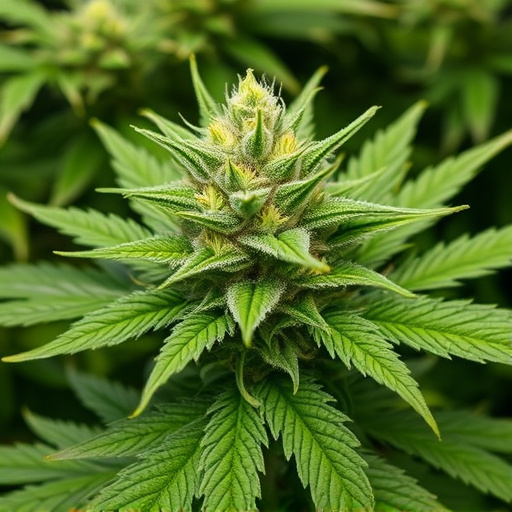Sour cannabis strains captivate enthusiasts with complex terpene profiles offering unique flavor journeys from citrus to candy aromas. Key terpenes like myrcene, limonene, and pinene interact with cannabinoids, potentially enhancing relaxation, calmness, and cognitive function. Understanding these terpene-cannabinoid relationships allows consumers to personalize their cannabis experiences based on desired effects and olfactory preferences in the evolving world of cannabis consumption.
“Unveiling the secrets behind the aromatic allure of cannabis lies a group of compounds known as terpenes. These organic molecules, present in varying concentrations within cannabis flowers, contribute significantly to both the distinct flavors and potential therapeutic effects of different strains. In this article, we embark on a journey to understand terpenes, exploring their diverse profiles in sour cannabis strains. From lemon-scented zing to earthy nuances, these aromatic compounds enhance the overall experience, making each strain unique. Let’s delve into the world of terpenes and uncover why they’re essential to the cannabis landscape.”
- Understanding Terpenes: The Aromatic Compounds in Cannabis
- Exploring Sour Cannabis Strains and Their Distinctive Terpene Profile
- The Role of Terpenes in Cannabis Flower's Effects and Aromatic Experience
Understanding Terpenes: The Aromatic Compounds in Cannabis
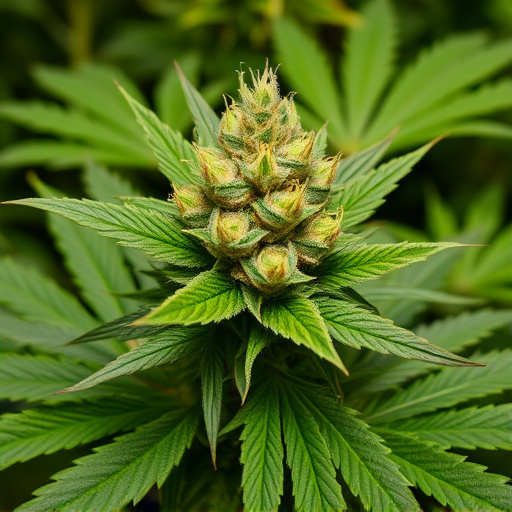
Terpenes are aromatic compounds that play a significant role in the unique characteristics of cannabis flowers, including their distinct scents and flavors. Often described as the essential oils of plants, terpenes not only contribute to the pleasant aromas associated with cannabis but also offer potential therapeutic benefits. These compounds are produced by various plant species, including cannabis, and each terpene variety imparts specific olfactory and physiological effects.
In cannabis, different strains boast a wide array of terpenes, creating a diverse sensory experience. For instance, sour cannabis strains may feature terpinen-4-ol, known for its tart and citrusy notes, while others can have myrcene, responsible for earthy and musky aromas. Understanding the terpene profile of different cannabis varieties allows consumers to choose strains that align with their desired olfactory preferences and potential therapeutic needs, making the experience more personalized and enjoyable.
Exploring Sour Cannabis Strains and Their Distinctive Terpene Profile
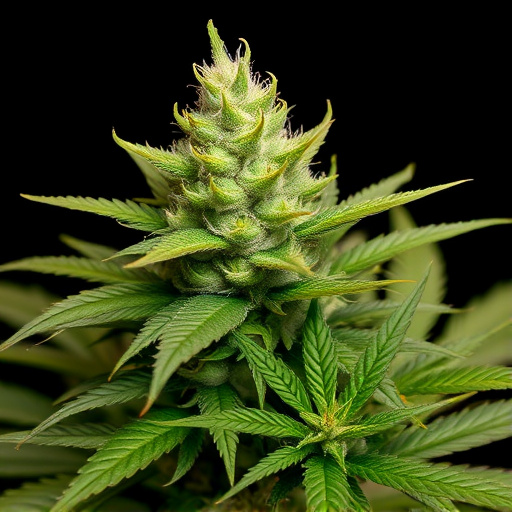
Sour cannabis strains have gained a dedicated fan base among enthusiasts for their unique and distinct terpene profile. These varieties offer a complex flavor experience, often characterized by tart and acidic notes that evoke citrus, pineapple, or even sour candy aromas. The key to this distinctive sour character lies in the specific terpenes they contain. Myrcene, a common terpene found in many cannabis strains, contributes to the earthy and musky flavors, while limonene adds bright and refreshing citrusy notes. In combination with other terpenes like pinene, which imparts a piney scent, these sour strains create an intriguing sensory journey.
The terpene profile of sour cannabis flowers is not merely about taste; it also influences the overall effects. Terpenes are known to interact with cannabinoids, enhancing or modifying their properties. In the case of sour strains, this interaction may contribute to a more balanced and uplifting high, making them popular choices for those seeking both pleasure and clarity. Exploring these terpene-rich varieties allows cannabis users to dive into a world where flavor and effect intertwine, offering a truly unique experience in the ever-evolving landscape of cannabis consumption.
The Role of Terpenes in Cannabis Flower's Effects and Aromatic Experience
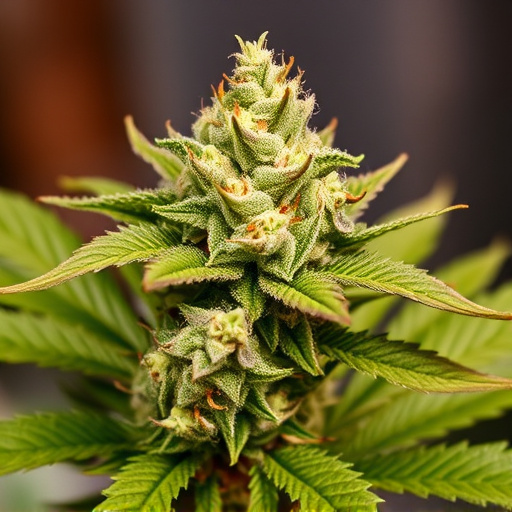
Terpenes, often referred to as the “aroma chemicals” in cannabis, play a pivotal role in shaping both the effects and sensory experience associated with this plant. These volatile organic compounds are produced by various plants, including cannabis, and contribute significantly to their distinctive smells and flavors. In cannabis flowers, terpenes not only create the unique scent but also interact synergistically with cannabinoids like THC and CBD, modulating the overall therapeutic effects.
The impact of terpenes is particularly evident in sour cannabis strains, where specific terpene profiles can enhance or alter the perceived high. For example, myrcene, known for its earthy and fruity notes, is commonly found in high concentrations in sour strains and is linked to feelings of relaxation and sleepiness. Limonene, with its citrusy aroma, can induce a sense of calm and uplifted mood, while pinene offers a piney scent and may aid in cognitive function and focus. Understanding these terpene-cannabinoid interactions allows consumers to customize their cannabis experience, selecting strains that cater to desired effects and aromatic preferences.
Terpenes, the aromatic compounds within cannabis flower, play a pivotal role in both its effects and unique sensory experience. Specifically, sour cannabis strains showcase distinct terpene profiles that contribute to their characteristic aromas and potential therapeutic benefits. Understanding terpenes is key to navigating the diverse world of cannabis, enabling users to choose strains that align with their desired experiences. Whether seeking relaxation or energy, knowledge of these aromatic compounds empowers informed decisions when exploring the vast array of available sour cannabis strains.




